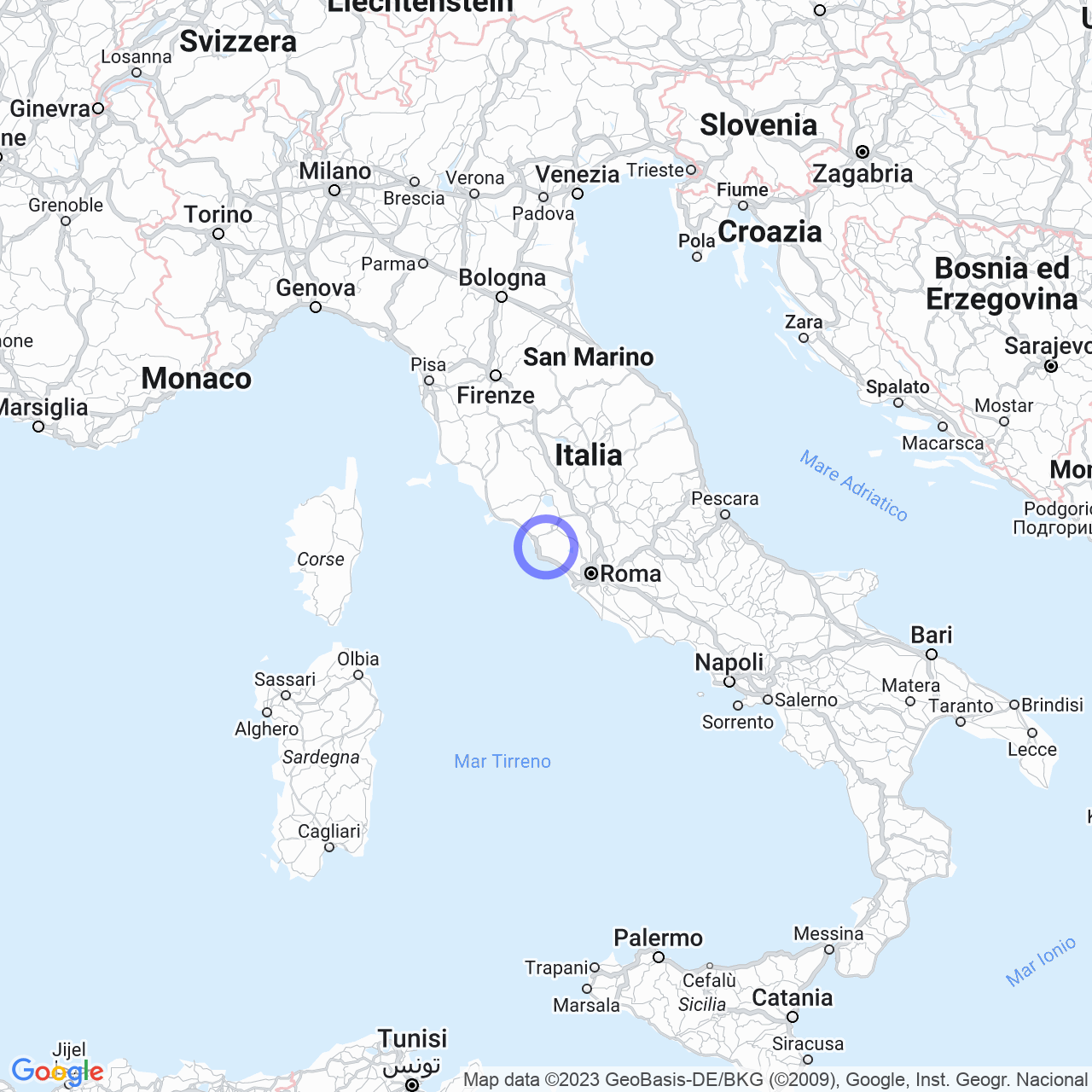Allumiere
Allumiere: a municipality on the mountains of Tolfa
Hello everyone! Today I would like to talk to you about a small municipality in the metropolitan city of Rome Capital: Allumiere, also known as "La Lumiéra" in the local dialect. The municipality has a population of about 3,800 inhabitants and is located on the hills of the Tolfa mountains at 522 meters above sea level. In the municipal territory there are the Marangone stream, the Mignone and the summit of Mount Elceto.
Territory
Allumiere is famous for the presence of alum rock mines, discovered by Giovanni da Castro in 1462, which allowed, under Pope Pius II, to finance the war against the Turks. The municipal territory contains important evidence of settlements dating back to the Bronze Age, which testify to the cultural aspects of the Middle, Recent and Final Bronze Age. In the municipality, remarkable remains of lithic industry referable mostly to the Middle Paleolithic and findings attributable to the Neolithic have been identified.

The history of Allumiere
When a concentration of the population occurred in wider settlements, such as Cerveteri and Tarquinia, and in a chain of secondary villages along the coastal strip, the area surrounding the Macchia di Palano became demographically impoverished in the earliest period of the Iron Age. However, the territory was not completely abandoned and in the subsequent period there is evidence of a reoccupation of the territory already from the 8th century BCE. In historical times, Etruscan presences are attested by clusters of tombs quite distant from the town of Allumiere and occupying the hilly formations of Bandita Grande and Colle di Mezzo.
In the municipal territory, there are numerous settlements around the larger ones of Monte Rovello, Monte Elceto and Tolfaccia. The first, between 1965 and 1971, and the second, between 1971 and 1976, were investigated by Odoardo Toti with construction sites provided by the Excavation Office of Civitavecchia of SAEM, which managed the economic and regulatory part. The burials attributable to these settlements were first brought to light in the second half of the 19th century by Adolfo Klitsche de la Grange and subsequently by Salvatore Bastianelli, Renato Peroni and Vincenzo D'Ercole. They are of the cremation type with cinerary vase, arranged in small groups; however, the burial complex surrounding the Monte Rovello settlement has returned a number of tombs exceeding one hundred, so as to be the largest Proto-Villanovan funerary context of the Tyrrhenian Italy.
The climate of Allumiere
Allumiere belongs to the E climatic zone, with a total of 2,134 heating degree days, according to the Italian climatic classification.
In conclusion, if you are looking for a place to immerse yourself in Etruscan history and enjoy beautiful mountain landscapes, Allumiere is definitely the right place for you!
